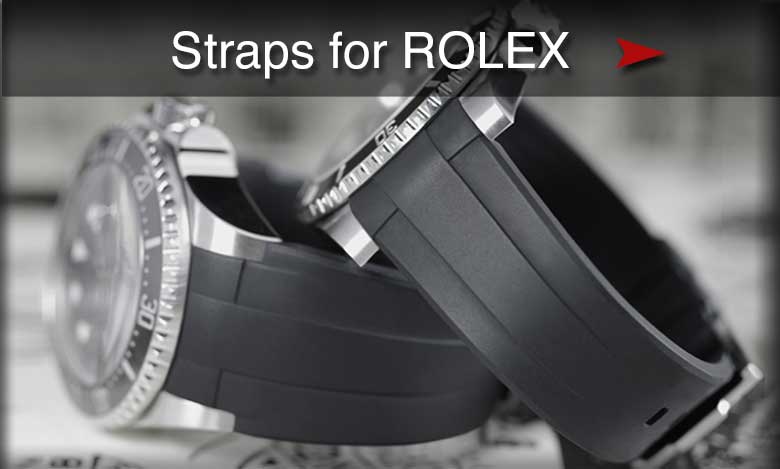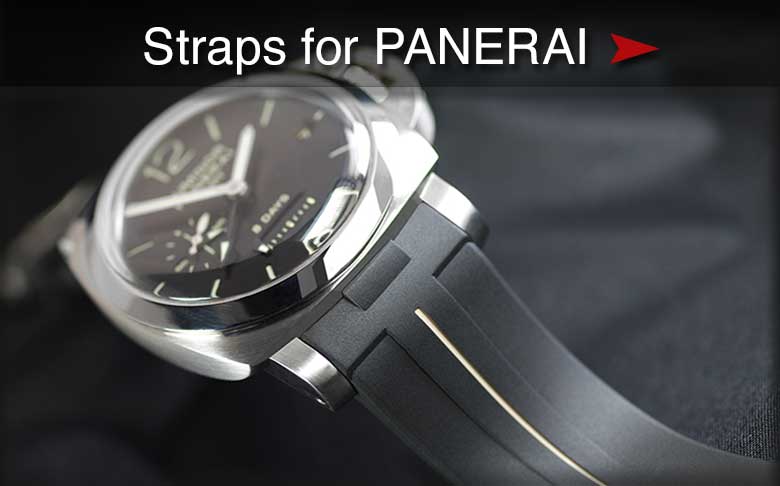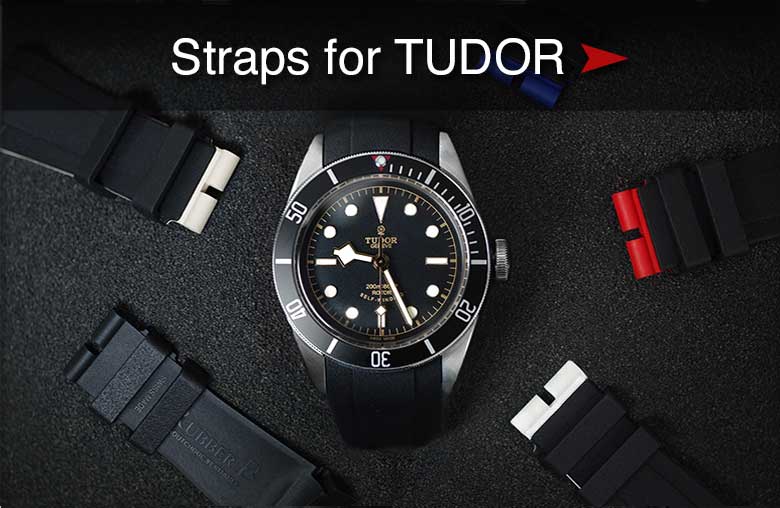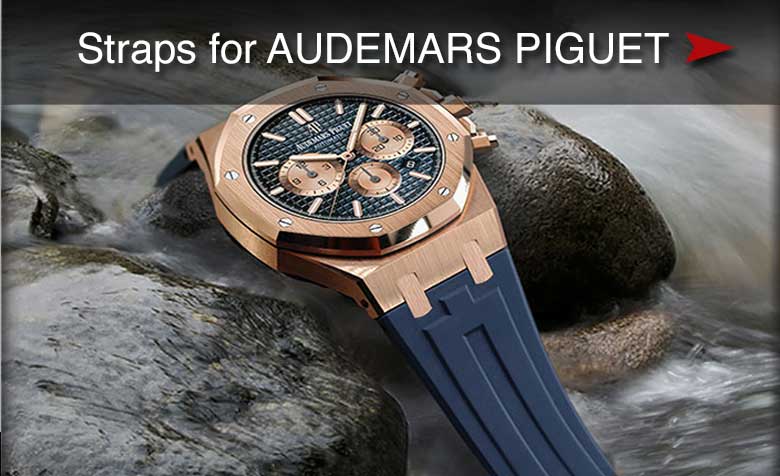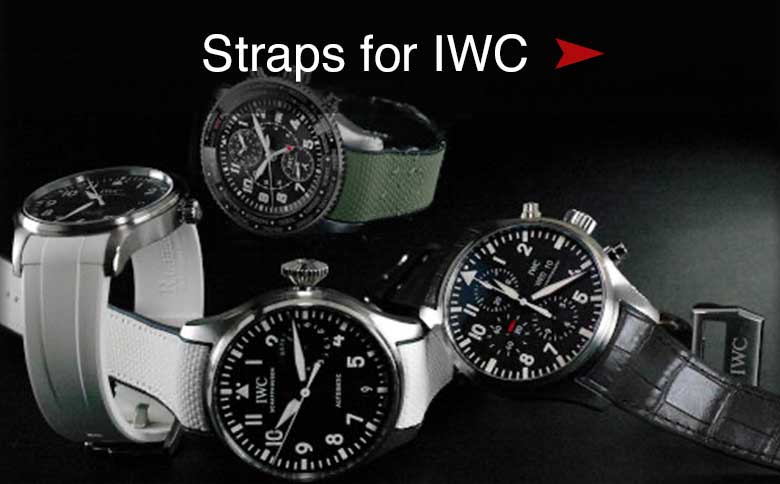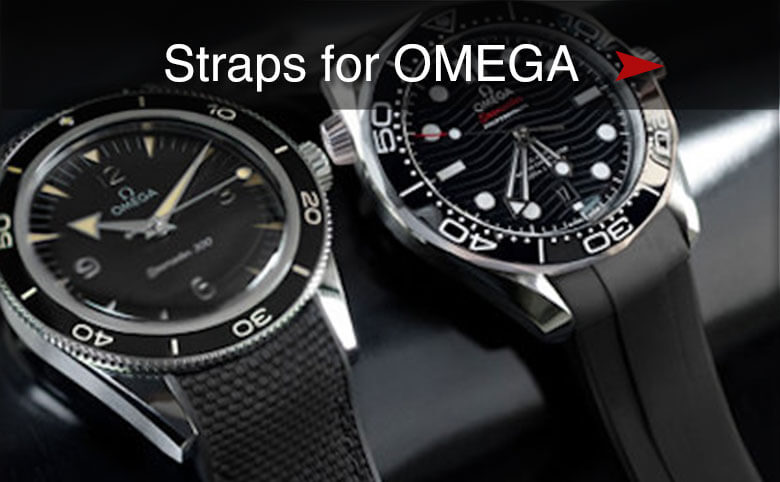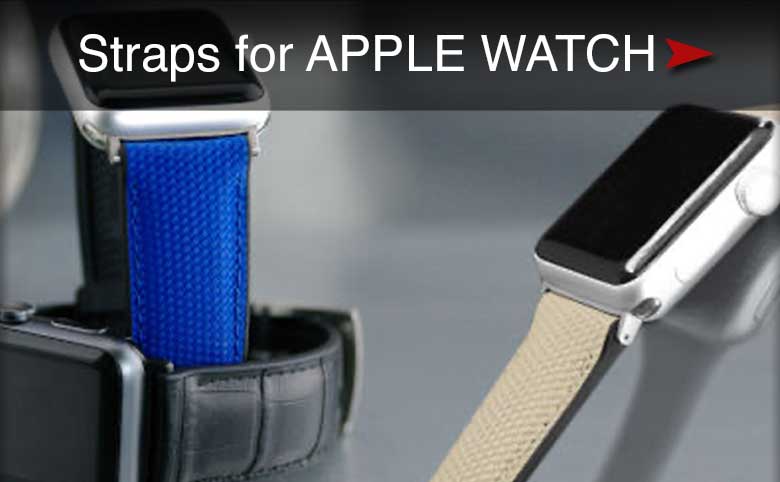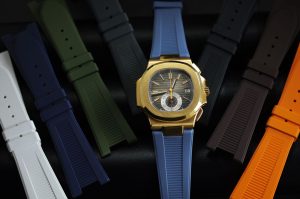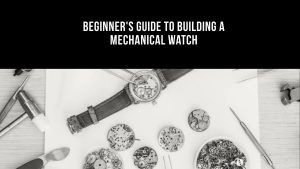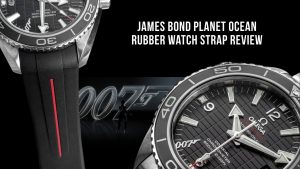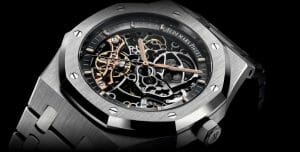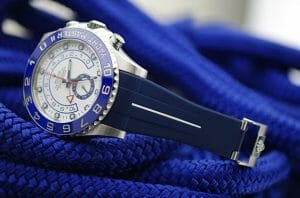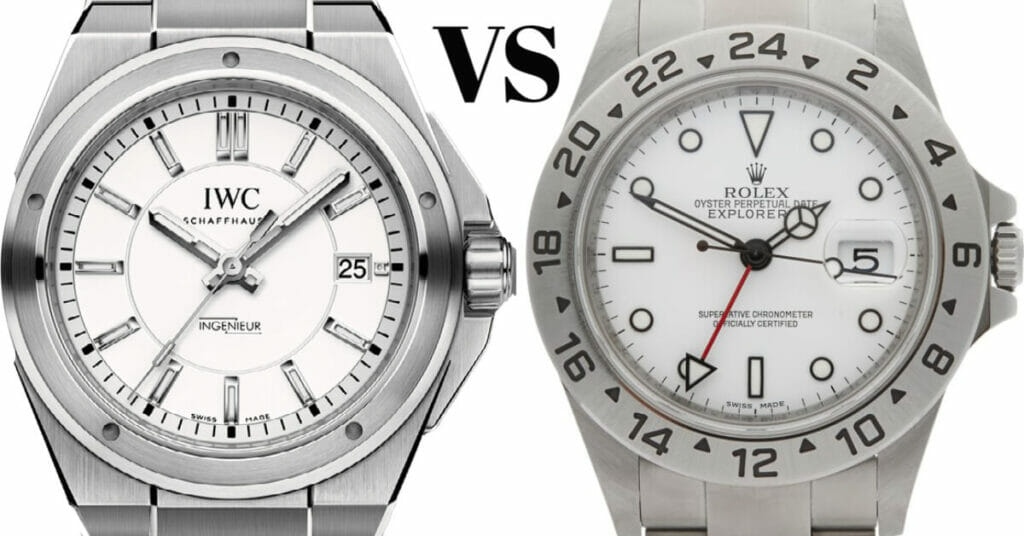
For those who are regular readers of the Rubber B blog, you are likely aware that, over the last couple of weeks, we have been running an ongoing series of pieces wherein we compare and contrast timepieces from IWC and Rolex. For the final entry in this particular series, Rubber B is going to be focusing on the IWC Ingenieur and the Rolex Explorer II.
These are two of the less-frequently discussed product lines from their respective watchmakers, so it will be interesting to see how the two relate to one another when they are compared in a side-by-side fashion.

What Do You Need to Know About the IWC Ingenieur?
The IWC Ingenieur is one of IWC’s entry-level watches and has been around, in some form or fashion, since the 1950’s. The IWC Ingenieur comes in a stainless steel case and measures 40 mm in diameter. It measures 10.3 mm in height and has a water resistance of up to 12 bars, which means that while it is not suitable for diving, it can handle some mild exposure to water.
The IWC Ingenieur is powered by the 30110 Calibre, which is not one of IWC’s in-house movements. However, the caliber is automatic and self-winding and has a 42-hour power reserve. The movement has a frequency of 28800.0 vph and is comprised of 163 components and 27 jewels.
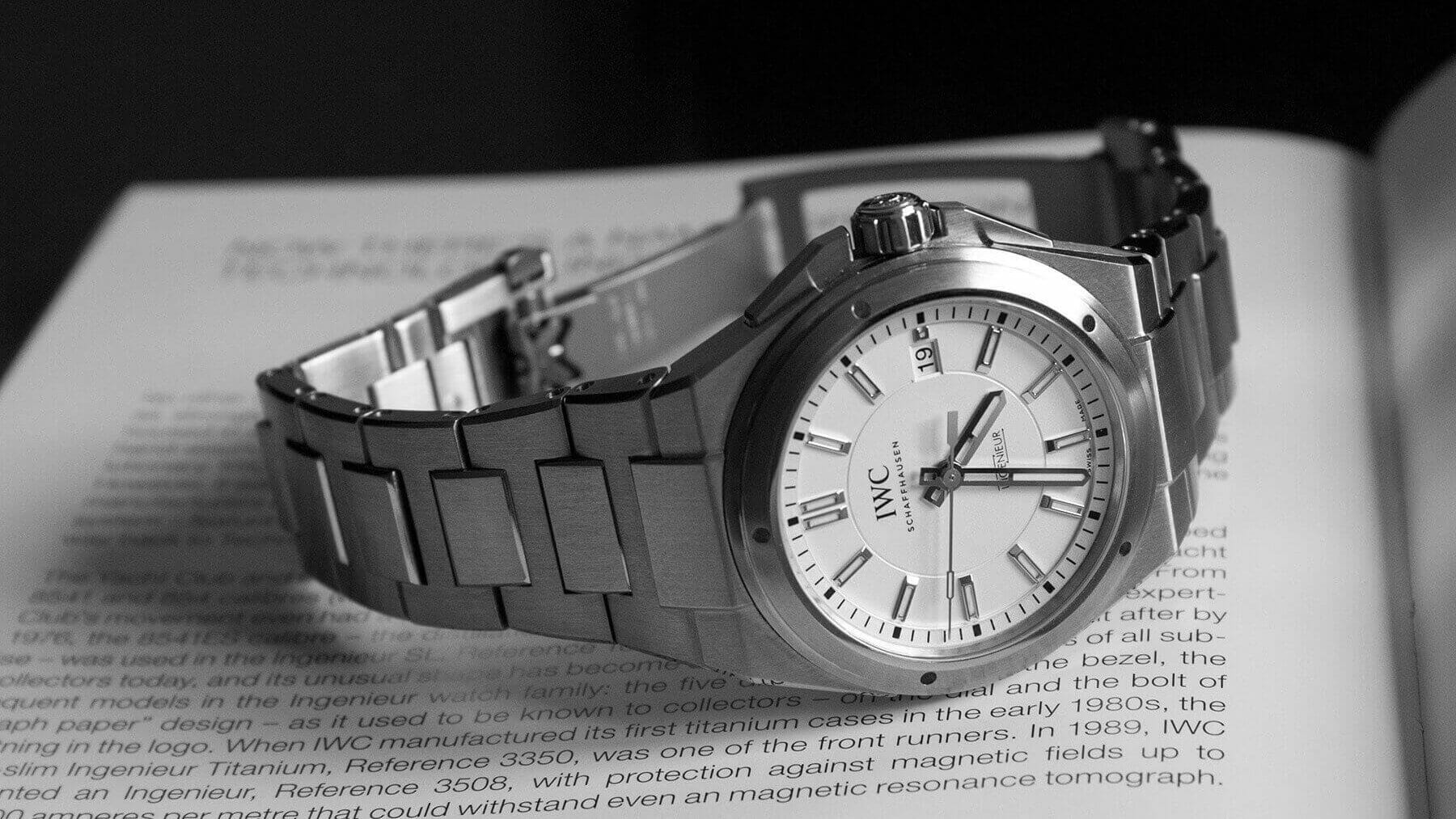
In terms of its design, this timepiece is all about efficiency and sleekness. The elegant silver dial has an hour, minute, and second hand on it, along with a simple date display window. Because of its minimal aesthetic, it is capable of being worn in both business or casual situations with ease.
What Do You Need to Know About the Rolex Explorer II?
The Rolex Explorer II, as its name implies, was specifically designed for exploratory purposes and, as such, is one of the preferred Rolex timepieces of those who work in the world of research. Made from Rolex’s world-famous Oystersteel, this watch was designed with an emphasis on durability and readability, especially in less than ideal weather or low-light conditions.
The case measures the same as the other timepiece at a durable 40 mm, and the crown adds an additional 2 mm. While that number may seem small for a watch that puts a premium on durability, it only takes a few moments of wearing it to feel how well-constructed this timepiece is. This timepiece is also water-resistant for up to 330 feet, which ranks it among the most water-resistant watches currently available on the market.
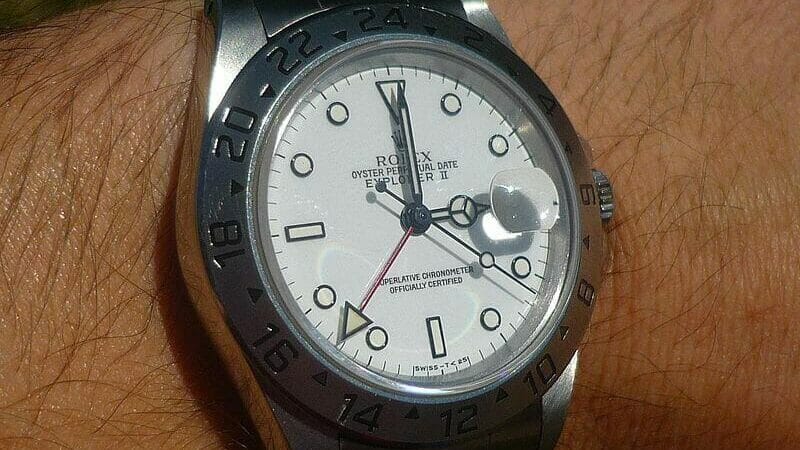
The Rolex Explorer II is powered by the 3185 caliber, which is both perpetual and self-winding, making it very much in keeping with other Rolex timepieces. It also has a power reserve of 46 hours.
While the watch is certainly elegant, it is not one of Rolex’s flashier timepieces, and that is entirely by design. This watch was intended to be used for scientific purposes, and as a result of that, making it look opulent would have been entirely contrary to the very reason Rolex produced the piece in the first place.
What Are Our Final Thoughts On These Two Brands?
After spending the last few blog posts looking at these two brands, it is very apparent that both of these companies manufacture world-class timepieces. Ultimately, the only real difference between the two is how much their respective watches cost and how recognizable the brand name is. If you are trying to decide between a Rolex or IWC watch, you will ultimately have to figure out how you feel about those two things before coming to a final consensus.
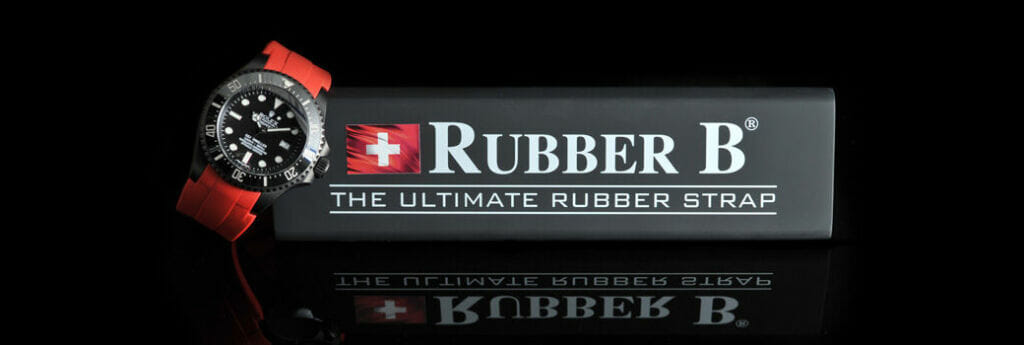
Are You In Need of a Custom Rubber Watch Strap For Your Rolex or IWC Watch? Visit Rubber B Today
If you are looking for a custom rubber watch band for your IWC or Rolex timepiece, Rubber B is sure to have something that fits your needs. With custom rubber watch straps available in a wide variety of styles and colors, we invite you to peruse our complete product catalog on our website today.
Follow us on instagram
